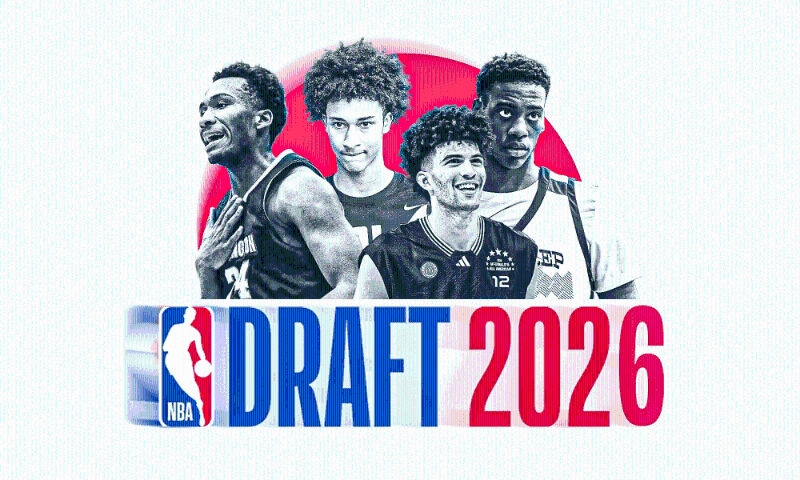Aggregate 2026 NBA Mock Draft 1.0: First look at Darryn Peterson, AJ Dybantsa, more 


07-08 06:18覽 5389
The first aggregate mock draft for 2026 has been compiled using eight mock drafts, revealing highly conflicting opinions and significant differences in player evaluations beyond the Top 20 prospects at this early stage.
The author advises against "over-scouting" teenagers in high school, suggesting it's better to track their development as they enter college or play professionally overseas. He emphasizes the potential for significant physical and mental changes in young athletes, using his own late growth spurt and Kevon Looney's transformation from a perceived scoring forward into a high-feel big man as examples.
Evaluating prospects is further complicated as some freshmen and transfers haven't arrived on campus yet. Additionally, an influx of European talent is occurring this year due to Name, Image, and Likeness (NIL) opportunities. With colleges implementing salary caps, many international players are opting for college basketball over staying in European leagues where they compete for playing time against seasoned veterans.
The rankings reflect a composite score to gauge overall consensus, not the author's personal opinion. The top prospect profiled is Darryn Peterson (Kansas), a 6-5, 195 lb guard with a 6-10 wingspan. He's described as a prototypical jumbo guard who can play positions 1-3, possesses a mature demeanor, and can score from anywhere. He has franchise player potential, can defend multiple positions, and some scouts believe he might be better than 2025's projected #1 pick, Cooper Flagg. His best rank is #1, worst is #2.
The second prospect profiled is AJ Dybantsa, a 6-9, 210 lb forward with a 7-0 wingspan. He possesses elite athleticism ("crazy hops"), is a strong defender and "block-hunter" who loves creating turnovers, and excels in transition for highlight finishes. While he has decent handles, he needs to develop his half-court game. He has prototypical size and athleticism to be an All-NBA caliber two-way franchise cornerstone. His best rank is #1, worst is #3.









































相關評論(1184)